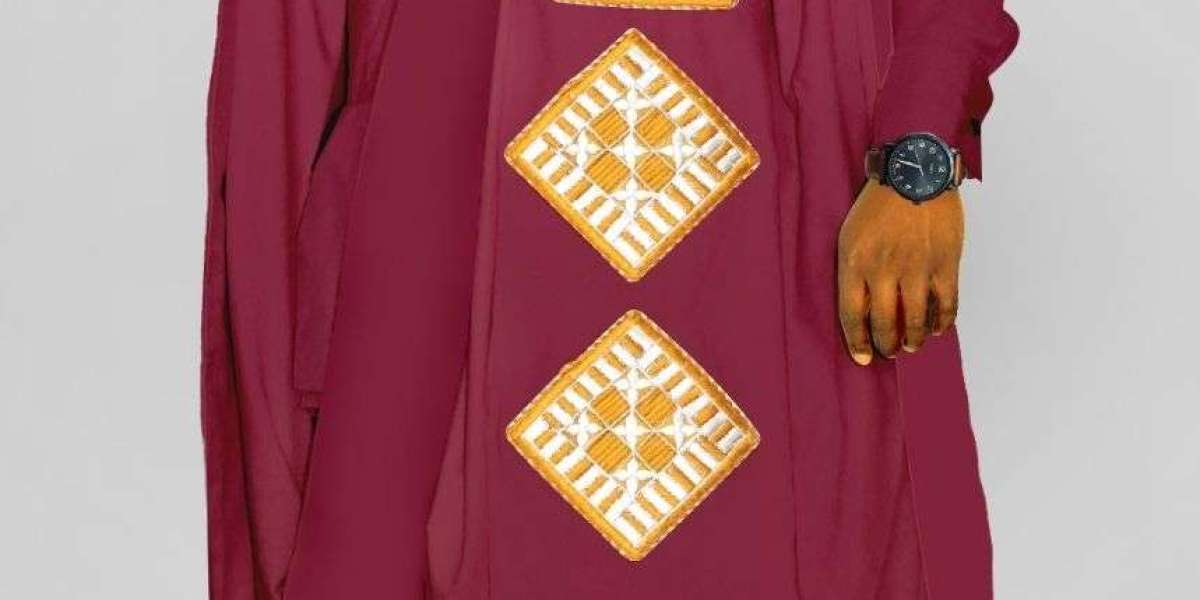African fashion has captivated the global stage with its vibrant colors, intricate patterns, and unique designs, reflecting the rich diversity of the continent's cultures. Among the most iconic representations of African fashion are the traditional and modern african dresses which beautifully blend heritage with contemporary styles. In this article, we will explore the cultural significance, styles, and influence of African dresses on global fashion.
A Reflection of Culture and Identity
African dresses are more than just garments; they are a symbol of identity, culture, and history. Each region of Africa boasts distinct styles, materials, and techniques that have been passed down through generations. The designs often tell stories, represent social status, and are used to celebrate important milestones such as weddings, births, and community events.
For example, in West Africa, the Ankara fabric is widely recognized for its bold, colorful patterns. Historically, Ankara prints were worn as a way to express social standing, with certain prints reserved for royalty or significant ceremonies. Today, Ankara has transcended its traditional roots and is now a popular fabric for both casual and formal wear, embraced by fashion designers worldwide.
In East Africa, the Kitenge and Kanga fabrics are popular for their versatility and vibrant colors. Often worn as wraps, dresses, or headscarves, these fabrics feature intricate patterns that convey proverbs, poems, or religious messages. Kitenge and Kanga are commonly used during celebrations and are often passed down through generations as cherished family heirlooms.
In Southern Africa, the Shweshwe fabric, known for its distinctive indigo color and geometric patterns, is commonly worn during weddings and other significant life events. This fabric has a deep history and is a key component of the traditional dresses of the Xhosa and Sotho people.
Styles of African Dresses
African dresses come in various styles that cater to different occasions, from everyday wear to extravagant events. Some of the most popular styles include:
Dashiki Dress: Originating from West Africa, the dashiki is a loose-fitting garment with a distinct V-neckline, often embellished with embroidery. It is worn by both men and women and is popular for its comfort and vibrant prints.
Boubou: The boubou is a flowing, wide-sleeved robe commonly worn in West and Central Africa. This elegant attire is often made from luxurious fabrics such as silk, lace, or brocade, and is worn during formal events or religious ceremonies.
Kaftan: Known for its long, loose fit, the kaftan is a popular dress style across North and West Africa. It is often made from cotton or silk and can be richly decorated with intricate embroidery. Kaftans are versatile and can be worn casually or at formal gatherings.
Gomesi: A traditional dress from Uganda, the gomesi is a floor-length gown with a square neckline, puffed sleeves, and a sash tied around the waist. It is typically worn during special occasions such as weddings and cultural celebrations.
Aso Ebi: Aso Ebi is a Yoruba term referring to the coordinated outfits worn by family members and friends at weddings or other celebrations. The dresses are usually made from lace or Ankara fabric and are designed in matching colors to symbolize unity.
The Global Influence of African Fashion
African fashion has increasingly made its mark on the global stage. International designers and celebrities have embraced African prints and styles, helping to bring African fashion into mainstream fashion houses. Designers like Ozwald Boateng and Duro Olowu have been at the forefront of merging African aesthetics with Western fashion trends.
Additionally, events such as Africa Fashion Week and the rise of African fashion influencers on social media have played a significant role in showcasing the beauty of African dresses to a global audience. African textiles and prints have become a source of inspiration for designers worldwide, leading to a rise in African-inspired collections on international runways.
Conclusion
An african dress is not only a celebration of fashion but also a testament to the continent's rich cultural heritage. From the elegant boubous of West Africa to the vibrant Ankara prints that dominate modern African fashion, these dresses continue to tell stories of identity, pride, and tradition. As African fashion continues to evolve and influence global trends, it remains rooted in the essence of its cultural origins—a true embodiment of style and history.








